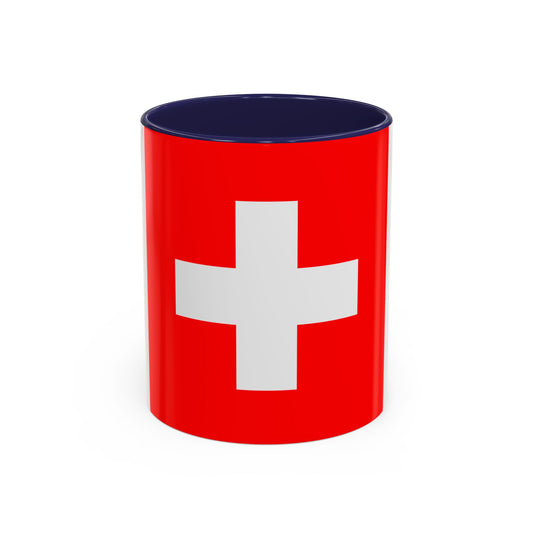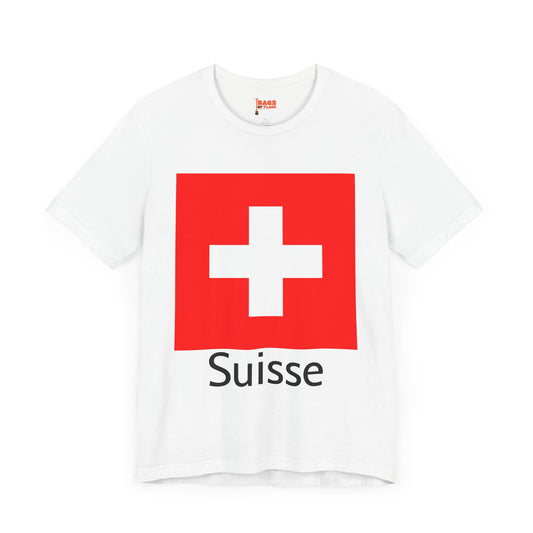-
Switzerland Flag Sweatshirt
Regular price $34.15 USDRegular priceUnit price / per -
Suisse Sweatshirt
Regular price $34.15 USDRegular priceUnit price / per -
Switzerland Inspired Sweatshirt
Regular price $34.15 USDRegular priceUnit price / per -
Switzerland Sweatshirt
Regular price $34.15 USDRegular priceUnit price / per -
Switzerland Pillow
Regular price $22.65 USDRegular priceUnit price / per -
Switzerland Backpack
Regular price $59.79 USDRegular priceUnit price / per -
Switzerland Leather Patch Hat
Regular price $18.85 USDRegular priceUnit price / per -
Switzerland Mug
Regular price $11.65 USDRegular priceUnit price / per -
Switzerland Cap
Regular price $14.90 USDRegular priceUnit price / per -
Switzerland Inspired Hoodie
Regular price $34.40 USDRegular priceUnit price / per -
Switzerland Hoodie
Regular price $34.40 USDRegular priceUnit price / per -
Switzerland T-shirts
Regular price $22.79 USDRegular priceUnit price / per -
Switzerland Inspired T-shirt
Regular price $22.79 USDRegular priceUnit price / per -
Switzerland Flag on Hoodie
Regular price $34.40 USDRegular priceUnit price / per -
Switzerland Flag on T-shirt
Regular price $22.79 USDRegular priceUnit price / per -
Suisse Hoodie
Regular price $34.40 USDRegular priceUnit price / per -
Suisse T-shirts
Regular price $22.79 USDRegular priceUnit price / per -
Swiss Regional Flags
Regular price From $43.20 USDRegular priceUnit price / per
Collection: Switzerland
The Switzerland flag, also known as the flag of Switzerland, is a symbol deeply rooted in the country's history and culture. With its bold red background and distinctive white cross, this iconic flag holds significant meaning for the Swiss people and has played a pivotal role in shaping the nation's identity. We will explore the design, historical context, symbolism, current relevance, and additional facts of the Switzerland flag.
Overview of the Switzerland Flag

The Switzerland flag's design is simple and profound, featuring a bold red square background intersected by a white, equilateral cross centered but aligned closer to the hoist side. This unique positioning and the flag's square shape set it apart from other national flags. The flag's dimensions maintain a specific ratio that enhances its visual appeal, making it immediately recognizable worldwide. Unlike many flags that utilize complex symbols or multiple colors, the Swiss flag’s design focuses on minimalism, embodying the principles of simplicity and efficiency that Switzerland is known for. This straightforward yet impactful visual identity makes the flag not just a national emblem but a symbol of Swiss values and ethos.
Historical Context of the Flag
The origins of the Switzerland flag date back to the late Middle Ages, when the emblem first emerged as a symbol of unity and resistance among Swiss soldiers. It is widely believed that the flag’s design, a white cross on a red field, was inspired by the Battle of Laupen in 1339, where Swiss soldiers adorned their uniforms with a similar emblem to distinguish themselves from their adversaries. This historic battle marked a pivotal moment in Swiss history, reinforcing the sense of camaraderie and collective identity among the cantons.
As the Swiss Confederacy grew, the flag’s presence became increasingly significant, symbolizing the alliance of cantons that would eventually lay the groundwork for modern Switzerland. Official adoption of the flag in its familiar form occurred in 1889, solidifying its status as a national emblem. This period was marked by efforts to unify the diverse canton flags under a single, recognizable national flag, reflecting the consolidation of the Swiss federal state. Over the centuries, the flag has undergone few modifications, maintaining its original design elements, which have become deeply ingrained in the Swiss national identity. This historical journey from a battlefield logo to a symbol of statehood and unity underscores the profound significance of the Swiss flag.
Symbolism Behind the Switzerland Flag

The Switzerland flag is rich in symbolism, with each element carefully chosen to represent the country's core values and historical roots. The vibrant red field stands as a bold backdrop, symbolic of courage and the sacrifices made by Swiss ancestors, especially those who laid down their lives for the country's sovereignty and independence. This deep shade of red encapsulates the spirit of resilience and bravery that has characterized the Swiss people throughout history.
Centered on this red canvas is a stark white cross, an enduring symbol of peace, neutrality, and faith. The cross, with its arms of equal length, signifies the nation's commitment to harmony among its people and the wider world. It reflects Switzerland's historical role as a mediator and a haven during conflict, embodying the country's dedication to offering refuge and fostering diplomatic dialogues.
Additionally, the cross holds a spiritual dimension, harking back to the country's Christian heritage. It serves as a reminder of the ethical principles that guide Swiss society, including the pursuit of justice, respect for all, and the importance of community. This interplay of symbols on the flag – the white cross and the red field – beautifully encapsulates the essence of Switzerland: a country built on the foundation of bravery, peace, and a deep-rooted sense of moral integrity.
Current Relevance of the Switzerland Flag
Today, the Switzerland flag remains a potent symbol of national identity, prominently featured in a wide array of public spheres. It is especially visible during significant occasions such as Swiss National Day, when the flag adorns public and private spaces alike, embodying the country's collective spirit and pride. Beyond traditional festivities, the flag plays a crucial role in military ceremonies, symbolizing the unity and dedication of the Swiss armed forces. Its presence in such contexts underscores the flag's enduring role as a beacon of national pride. Moreover, the flag's iconic design is a common sight at international events, where it represents Switzerland's commitment to global cooperation and its respected neutral stance. In contemporary discussions, the flag occasionally becomes a focal point, sparking dialogues about national values and identity. Its ongoing relevance is a testament to its ability to unite the Swiss people, transcending linguistic and cultural differences to foster a sense of belonging and shared purpose across the country.
Additional Facts and Protocols
The handling and display of the Switzerland flag are governed by a set of traditional practices that underscore the flag's sanctity. Among these, a paramount rule is that the flag should be displayed in pristine condition, free from damage or wear, to ensure it is respected as a national symbol. It is considered improper for the flag to make contact with the ground, emphasizing the importance of treating this emblem with the utmost care. Furthermore, the flag is customarily hoisted at dawn and respectfully lowered at dusk, a practice that mirrors the nation’s values of discipline and respect for tradition.
In the realm of unique characteristics, the Switzerland flag stands out not only for its design but also for its shape, being one of the few square flags in the world. This distinctive feature, shared only with the Vatican City, highlights the uniqueness of Switzerland in the international community. Another lesser-known aspect is that while the flag is square for official use and military flags, a rectangular version exists for civil use, such as on boats and ships. This adaptation showcases the flag's versatility and the practical considerations that come into play in its everyday use.
These protocols and facts underscore the deep respect the Swiss hold for their flag, treating it not just as a piece of cloth, but as a revered symbol of their nation's heritage, values, and unity.




































